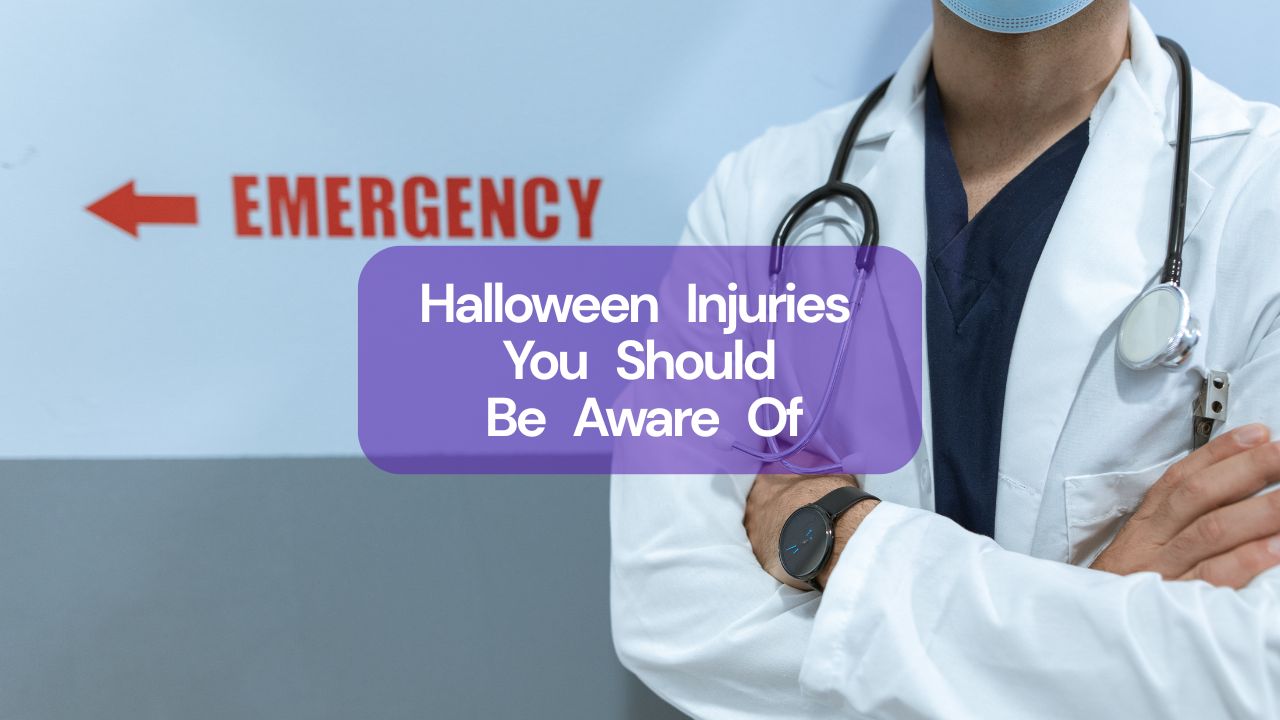Hundreds of thousands of people worldwide have died from a drug overdose. In order to help end overdose and commemorate all those affected by drug overdose, every year, on August 31st, the world comes together to observe International Overdose Awareness Day (IOAD). This important day serves as a reminder of the devastating impact that drug overdoses have on individuals, families, and communities.
Additionally, IOAD is an opportunity to challenge the stigma around drug use and provide a platform to raise awareness about drug overdose through education, prevention, and recovery initiatives. Healthcare facilities and healthcare practitioners around the globe can join the effort to end overdose deaths by organizing events, workshops, and conferences that help educate the public on the dangers of drug misuse and overdose.
So, how can we unite to end overdose deaths caused by substance abuse? The first step is knowing the facts.
How Many People Die Annually from Overdose?
According to research, around 150,000 people worldwide die yearly from drug overdoses. What’s more concerning is that in 2021, in the United States alone, 98,268 people died from preventable drug overdose. Not surprisingly, overdose and drug-related deaths in the United States are now the highest worldwide.
The social isolation associated with the COVID-19 pandemic is likely to have had a major role in exacerbating this trend. However, while strict COVID-19 restrictions have generally been lifted worldwide, the drug crisis continues to be a major global health crisis.
How Many People Die Each Day in the US to Overdose?
From 2020 to 2021, drug overdose deaths in the US spiked 28.5 percent as COVID-enforced lockdowns kept people with drug addiction unable to seek treatment. Consequently, many people struggling with substance abuse began to use dealers who sold drugs laced with powerful synthetic opioids such as fentanyl.
The Centers for Disease Control and Prevention (CDC) reported that 44 people died each day from prescription overdose in 2020. Today, according to the National Safety Council, a person in the United States is more likely to die from an opioid-induced drug overdose than to die from a motor vehicle crash.
Check Out the Top Seven Challenges Nurses Face on the Job
What Are Fentanyl Overdose Symptoms?
Fentanyl is an extremely potent synthetic opioid that is up to 100 times stronger than morphine. Fentanyl is often mixed with other drugs like heroin or cocaine (without a user's knowledge), which can lead to an unintentional overdose. Although heroin overdose dropped by nearly 7 percent from 2019 to 2020, it still contributed to more than 13,000 deaths in 2020, according to the CDC. In 2021, fentanyl overdoses contributed to 67,325 preventable deaths.
Recognizing the symptoms of a fentanyl overdose—or any other type of opioid overdose—is crucial for timely intervention. Therefore, becoming familiar with a few hallmark fentanyl overdose symptoms could help healthcare providers take immediate action and potentially save a life or many. With this in mind, a person who is experiencing a fentanyl overdose may exhibit the following symptoms:
- Respiratory distress: One of the most prominent signs of a fentanyl overdose is respiratory depression, which includes difficulty breathing and/or slowed respiratory function.
- Pinpoint pupils: Another characteristic symptom of a fentanyl overdose is pinpoint pupils, which are abnormally small and constricted pupils that do not react to changes in light conditions.
- Blue lips and fingernails: Cyanosis means there is not enough oxygen in the blood and is characterized by blue lips and fingernails. This type of reaction may be observed during a severe fentanyl overdose. Likewise, a person experiencing a fentanyl overdose may exhibit cold, clammy skin due to a lack of blood circulation and oxygen supply.
- Extreme drowsiness or unconsciousness: Fentanyl can trigger extreme sedation, causing individuals to become excessively drowsy or even lose consciousness altogether.
Unfortunately, recognizing a fentanyl overdose can be challenging as it can occur quickly and without warning. Healthcare professionals can stay aware of overdose symptoms by keeping abreast of current research and guidelines related to drug-specific overdoses. Additionally, healthcare facilities can organize workshops to help educate healthcare providers on the best practices for prescribing and monitoring these types of medicines.
How Can We End Overdose Deaths?
One of the best ways to end overdose deaths is to increase overall overdose awareness within the healthcare sector. Hence, healthcare facilities worldwide can implement a combination of strategies aimed at education, prevention, and treatment options to help end drug overdose deaths. While opioids contribute to the majority of drug-related overdoses, barbiturate overdose, alcohol poisoning, and using a combination of drugs at once can also lead to a life-threatening overdose.
One way healthcare facilities can promote drug overdose awareness is by encouraging healthcare providers such as nurses to attend continuing education courses that discuss overdose prevention and management. More specifically, naloxone administration training equips healthcare professionals with information on how to recognize and administer naloxone, as well as how to intervene in an opioid overdose safely. Furthermore, Narcan administration training can help nurses and other healthcare providers feel confident when responding to an emergency involving an opioid overdose.
Additionally, opioid prescriber safety training (OPST) and other overdose prevention and educational programs can help healthcare professionals notice when patients exhibit drug-seeking behaviors. Healthcare providers can also educate individual patients on the risks and signs of overdose and incorporate screening for substance abuse into regular patient assessments. Needless to say, both healthcare facilities and healthcare providers need to collaborate to achieve better health outcomes for substance abuse patients.
What Does the Future Hold for Substance Abuse?
While spreading more awareness of the signs and symptoms of opioid overdose is a great first step toward ending overdose deaths, there is more work to be done. Drug deaths hit record levels in 2022, with the drug fentanyl now defining the opioid crisis in the US. For these reasons, addressing the root causes of addiction, and providing effective intervention for drug addiction may help curb the global drug crisis.
At the same time, healthcare facilities and clinicians can take meaningful action by educating patients and their families about addiction and by prescribing responsibly. Finally, people around the world can unite on August 31st in honor of Overdose Awareness Day to shed light on an ongoing crisis and advocate for laws and policies that promote access to care for those struggling with addiction.














